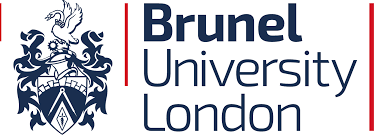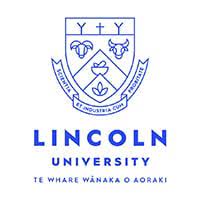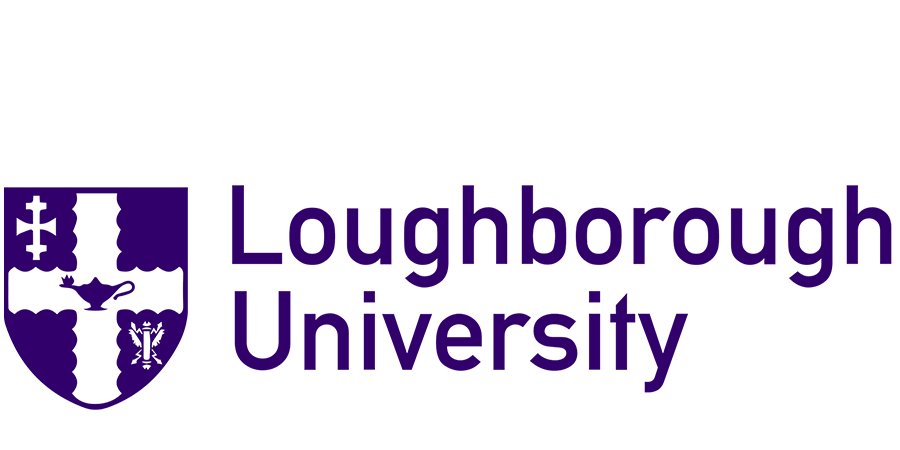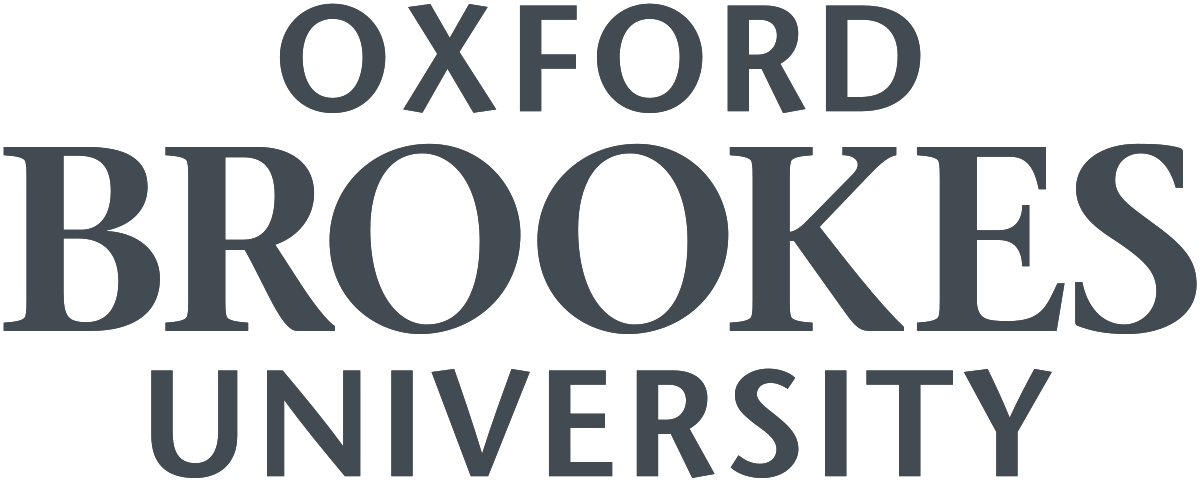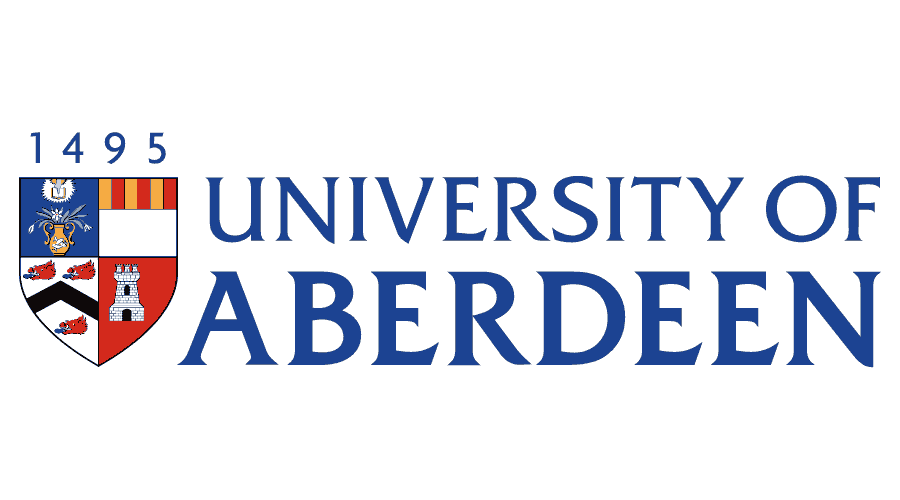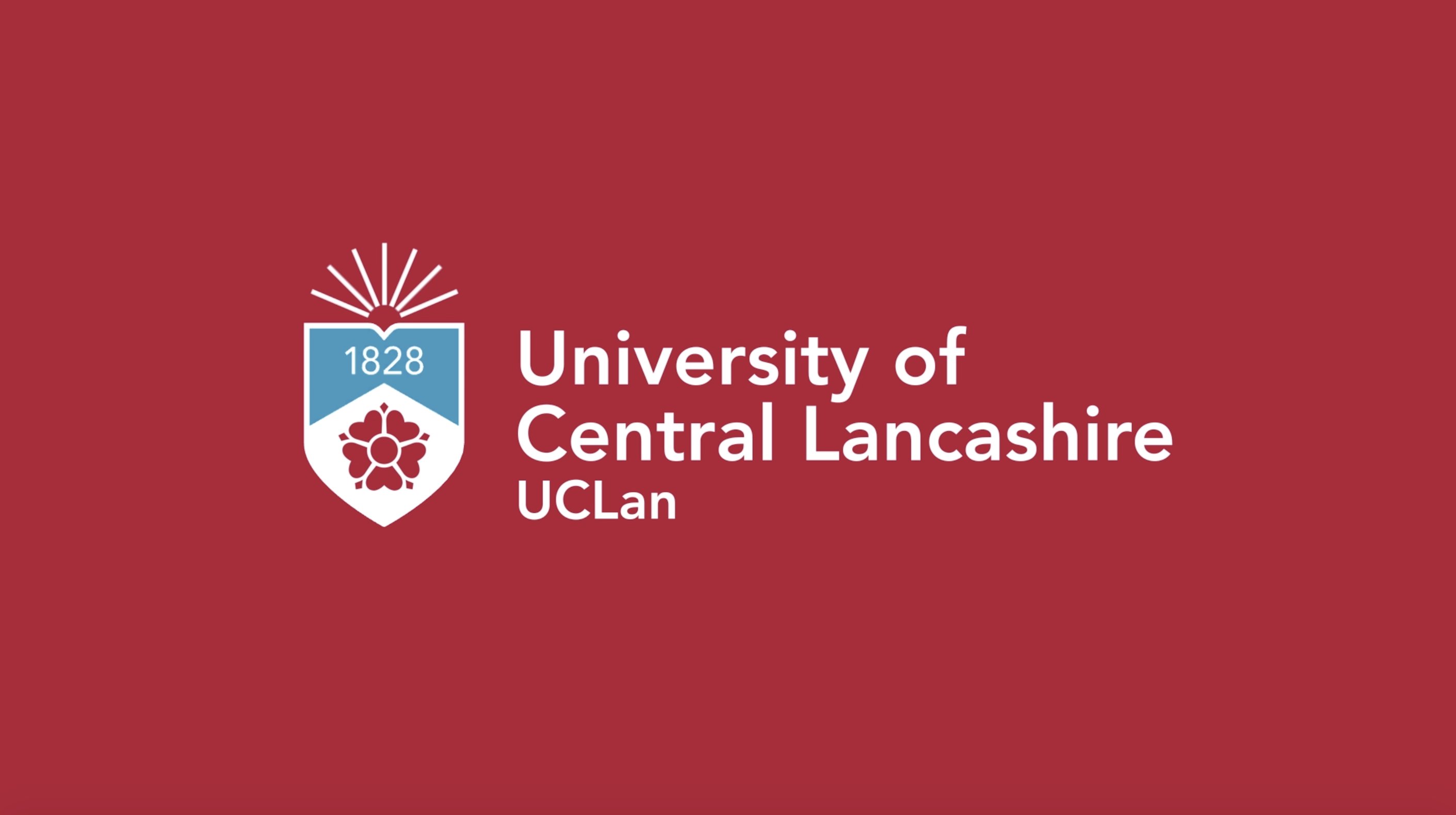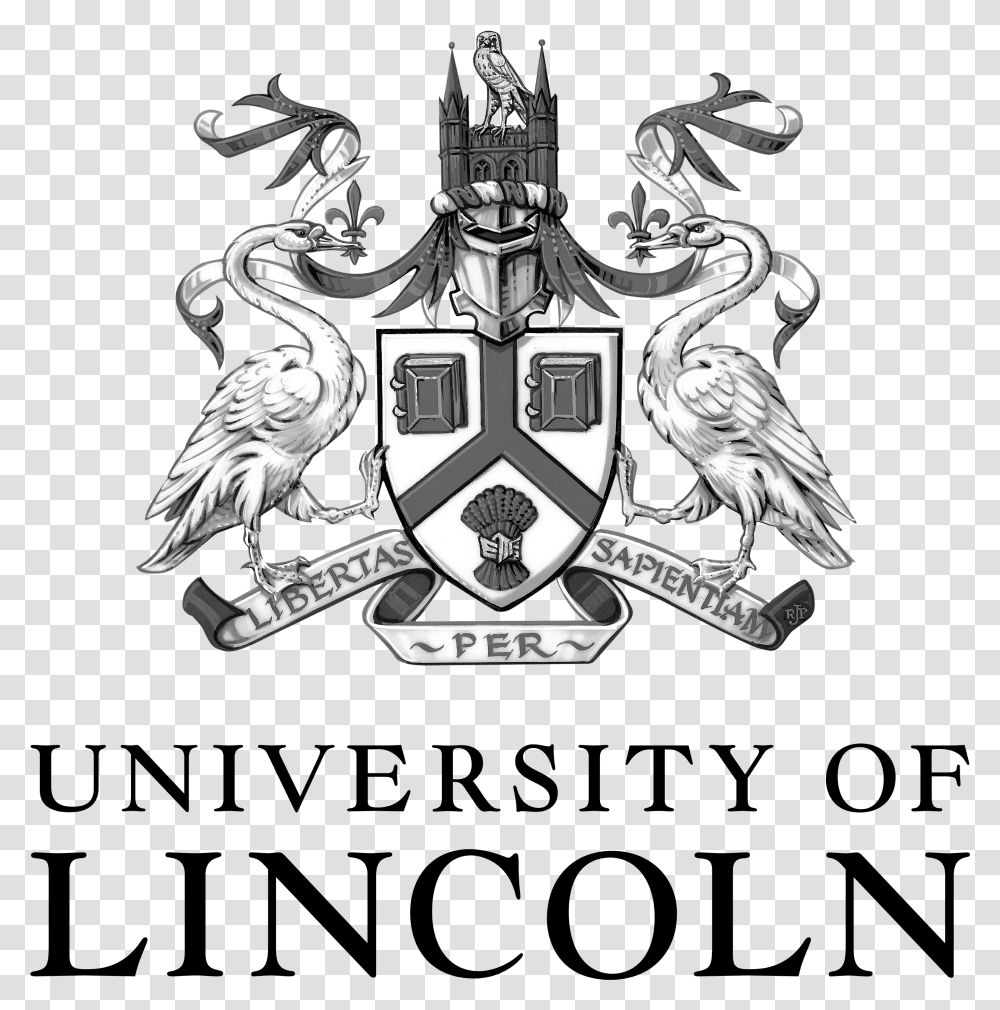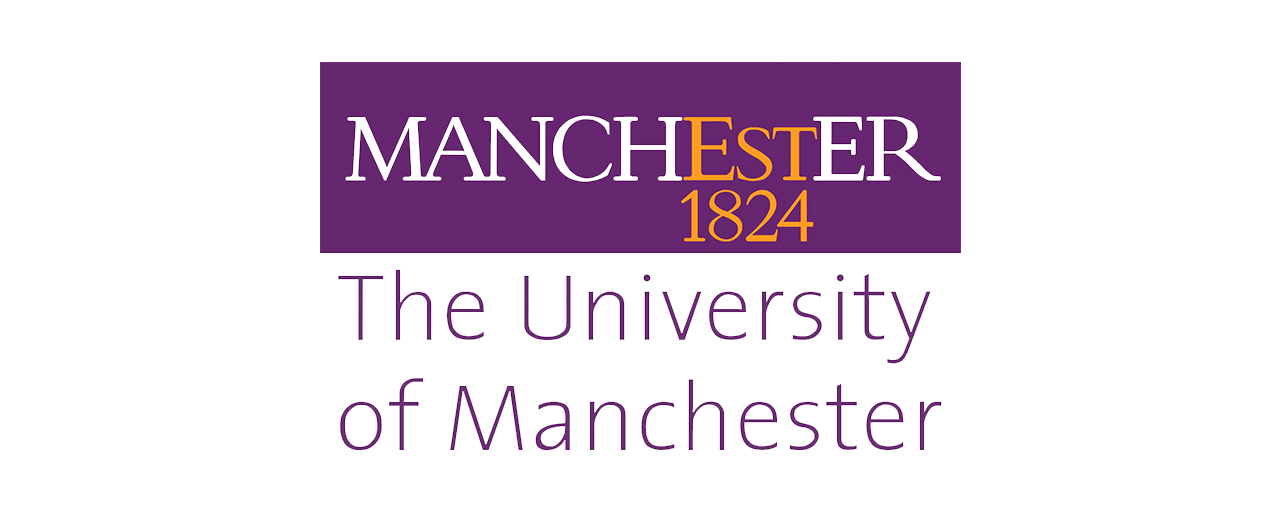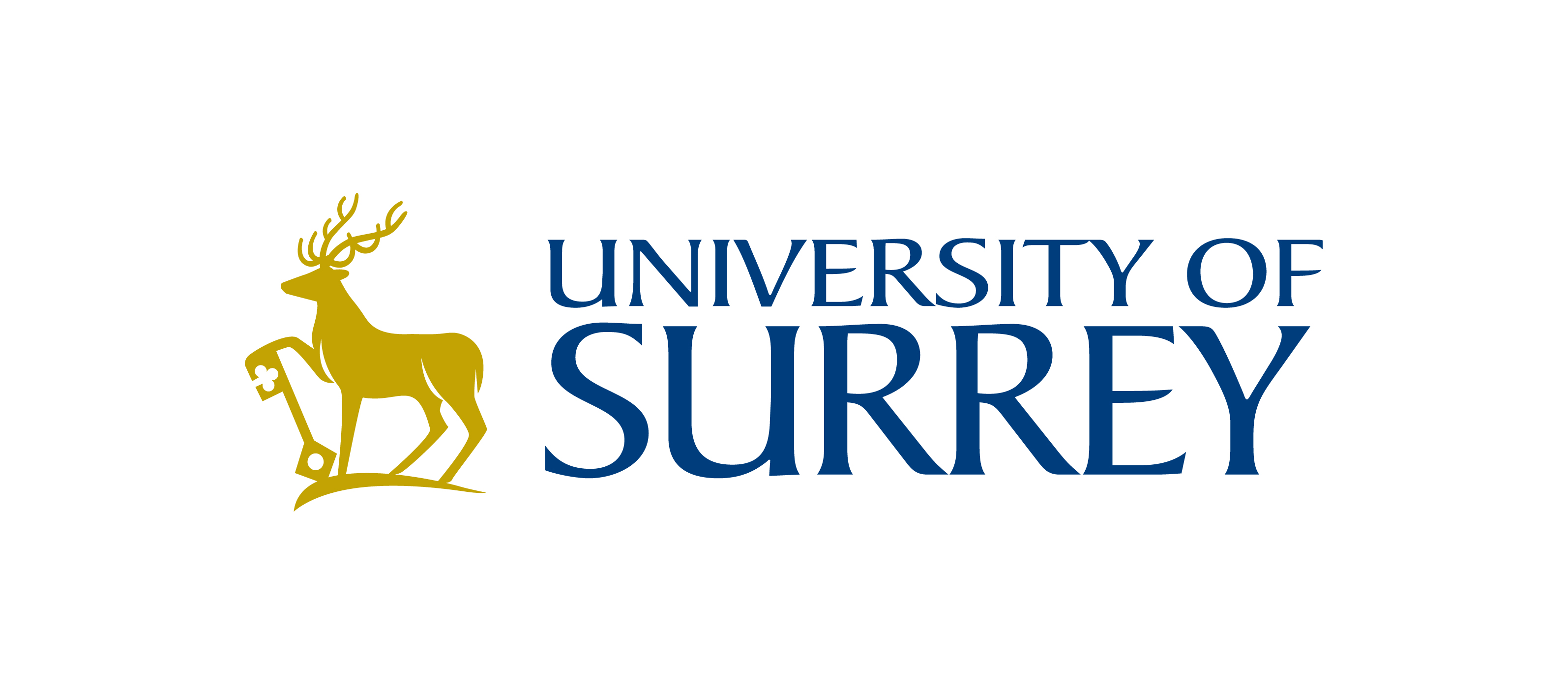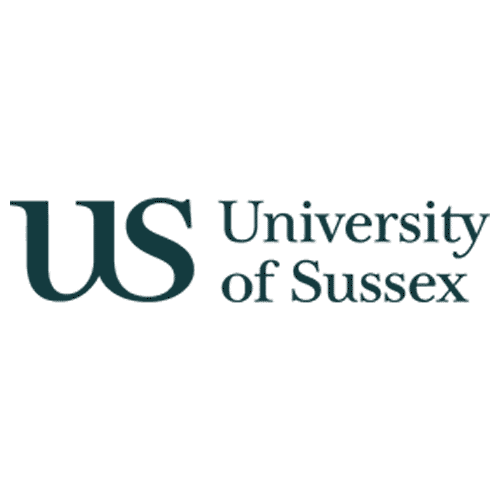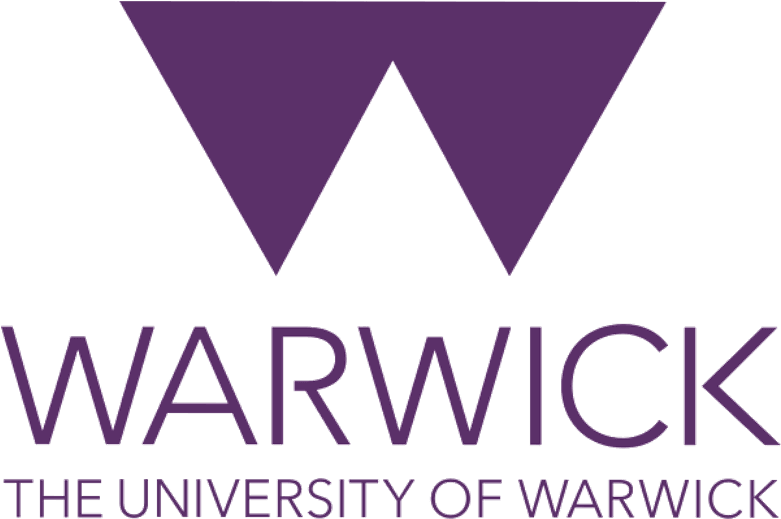Life Sciences: Exploring the Building Blocks of Life Abroad
Embark on a transformative journey into the world of Life Sciences, where you'll unravel the mysteries of biology, genetics, ecology, and biotechnology. For Indian students dreaming of studying abroad, Life Sciences offers endless opportunities to contribute to global health, environmental sustainability, and innovative research. This dynamic field combines classroom learning with hands-on lab work, preparing you for a career that impacts humanity.
Why Choose Life Sciences for Your Study Abroad Adventure?
Life Sciences is more than just a degree—it's a gateway to understanding life's fundamental processes. From studying microorganisms to exploring human evolution, this discipline addresses pressing global challenges like climate change, pandemics, and food security. For Indian students, pursuing Life Sciences abroad means accessing world-class facilities, diverse research ecosystems, and international collaborations that aren't always available back home.
- Interdisciplinary Approach: Blend biology with chemistry, physics, and even computer science for cutting-edge fields like bioinformatics and genomics.
- Global Relevance: With India's growing biotech sector (valued at over $100 billion), skills gained abroad will boost your employability in companies like Biocon or Serum Institute.
- Research Opportunities: Engage in groundbreaking projects, from CRISPR gene editing to sustainable agriculture, often funded by international grants.
- Personal Growth: Develop critical thinking, ethical reasoning, and teamwork in multicultural environments, enhancing your global perspective.
Studying abroad in Life Sciences also exposes you to advanced technologies like next-generation sequencing and AI-driven drug discovery, giving you an edge in competitive job markets.
Popular Destinations for Indian Students in Life Sciences
Choosing the right country is crucial for your academic and professional success. Here are top destinations tailored for Indian students, considering factors like English-medium instruction, visa ease, and post-study work options.
| Country | Key Advantages | Visa & Work Options | Average Tuition (per year, in INR) |
|---|---|---|---|
| USA | Top-ranked universities like Harvard and Stanford; strong emphasis on research and innovation. | F-1 visa with OPT (up to 3 years for STEM); H-1B lottery for jobs. | 25-40 lakhs |
| UK | Short 1-year master's programs; world-leading institutions like Oxford and Cambridge. | Student visa with 2-year Graduate Route; easy pathway to skilled worker visa. | 20-30 lakhs |
| Canada | Affordable living; universities like University of Toronto excel in biotech and ecology. | Study permit with PGWP (up to 3 years); Express Entry for PR. | 15-25 lakhs |
| Australia | Focus on environmental sciences; institutions like University of Melbourne offer practical training. | Subclass 500 visa with 2-4 year post-study work; points-based migration. | 18-28 lakhs |
| Germany | Tuition-free public universities; strong in molecular biology at places like Heidelberg University. | Student visa with 18-month job search; EU Blue Card for professionals. | 0-5 lakhs (mostly free) |
These countries welcome Indian students with scholarships and support networks, making the transition smoother. For instance, Canada's multicultural vibe and proximity to India (via direct flights) make it a favorite.
Top Universities Offering Life Sciences Programs
Select a university that aligns with your interests, whether it's marine biology in Australia or neuroscience in the UK. Here's a curated list of globally renowned institutions:
- Harvard University (USA): Renowned for its Faculty of Arts and Sciences, offering BS/MS/PhD in Life Sciences with access to the Broad Institute for genomics research.
- University of Cambridge (UK): The Department of Biochemistry provides intensive courses in molecular life sciences, emphasizing lab-based learning.
- University of Toronto (Canada): Strong in ecology and evolutionary biology, with partnerships in India's biodiversity projects.
- University of Melbourne (Australia): Excels in biotechnology and public health, ideal for students interested in tropical diseases relevant to India.
- ETH Zurich (Switzerland): Focuses on systems biology and sustainability, with English-taught programs and low tuition for internationals.
Many of these universities rank in the top 50 of QS World University Rankings for Biological Sciences, ensuring a high-quality education that translates to better career prospects.
Course Structure and Curriculum Overview
Life Sciences programs abroad are designed to build a strong foundation while allowing specialization. A typical bachelor's degree (3-4 years) starts with core modules, progressing to advanced electives. Master's programs (1-2 years) dive deeper into research.
Core Subjects
- Cell Biology and Genetics: Study DNA replication, inheritance patterns, and genetic engineering techniques.
- Ecology and Evolution: Explore ecosystems, biodiversity conservation, and Darwinian principles—crucial for addressing India's environmental issues.
- Microbiology and Immunology: Learn about pathogens, vaccines, and immune responses, especially relevant post-COVID.
- Biochemistry and Molecular Biology: Delve into protein structures, metabolic pathways, and enzyme kinetics through lab experiments.
Specializations
Advanced programs offer tracks like:
- Biotechnology: Focus on industrial applications, such as developing biofuels or GM crops for India's agriculture.
- Neuroscience: Investigate brain functions and neurological disorders, with opportunities in AI-neuro interfaces.
- Environmental Life Sciences: Tackle climate adaptation, perfect for eco-conscious Indian students.
Expect a mix of lectures (40%), labs (30%), fieldwork (15%), and projects (15%). Many programs include internships at biotech firms like Pfizer or Novartis, providing real-world exposure.
Career Opportunities After Studying Life Sciences Abroad
A degree in Life Sciences opens doors to diverse, high-paying roles. With India's biotech boom, returning home or staying abroad both offer promising paths. Average starting salaries range from INR 8-15 lakhs in India and $50,000-$80,000 abroad.
- Research Scientist: Work in labs developing new therapies; top employers include ICMR in India or NIH in the USA.
- Biotech Entrepreneur: Launch startups in genomics, leveraging networks from abroad.
- Environmental Consultant: Advise on sustainability for firms like Tata or global NGOs.
- Pharmaceutical Roles: Drug development or regulatory affairs at companies like Dr. Reddy's or AstraZeneca.
- Academia and Policy: Teach at IITs or influence health policies through WHO collaborations.
Post-study work visas in destinations like Canada and Australia make it easier to gain experience before deciding on permanent residency.
Scholarships and Funding for Indian Students
Financing your dream shouldn't be a barrier. Numerous scholarships target Indian students in STEM fields like Life Sciences.
- Fulbright-Nehru Scholarships (USA): Covers tuition, living expenses for master's/PhD; apply via USIEF.
- Chevening Scholarships (UK): Fully funded for one-year master's; focuses on leadership potential.
- Vanier Canada Graduate Scholarships: CAD 50,000/year for research excellence.
- Endeavour Scholarships (Australia): Up to AUD 272,500 for postgraduate studies.
- DAAD Scholarships (Germany): Monthly stipends of €934 for master's students.
- Indian Government Schemes: ICCR or National Overseas Scholarship for SC/ST students.
Additionally, university-specific aids like MIT's India Fellowships or Oxford's Clarendon Fund can cover up to 100% costs. Start applications early—deadlines often fall between September and January.
Tips for Indian Students Applying to Life Sciences Programs
Navigating the application process from India requires preparation. Here's a step-by-step guide:
- Research Programs: Use platforms like Studyportals or university websites; align with your NEET/JEE background if applicable.
- Prepare Documents: Strong SOP highlighting your passion for science, LORs from professors, and IELTS/TOEFL scores (aim for 6.5+).
- Entrance Exams: GRE for USA/Canada; some require subject tests in biology.
- Visa Preparation: Gather financial proofs (INR 10-15 lakhs in bank), acceptance letters, and attend pre-departure orientations by IDP or British Council.
- Cultural Adaptation: Join Indian student societies abroad for Diwali celebrations and homesickness support.
Budget for living costs: INR 10-20 lakhs/year, including accommodation and travel. Part-time jobs (20 hours/week) can help offset expenses.
Success Stories: Indian Alumni in Life Sciences
Meet Dr. Priya Sharma, an IIT Delhi graduate who pursued her PhD in Genomics at Stanford University. Today, she leads research at Biocon, Bangalore, crediting her abroad experience for innovative drug discoveries. Or Rahul Mehta from Kerala, who studied Ecology at the University of British Columbia and now works with WWF India on tiger conservation projects.
These stories show that studying Life Sciences abroad isn't just an education—it's a launchpad for global impact. Ready to join them? Explore our application services and start your journey today!

